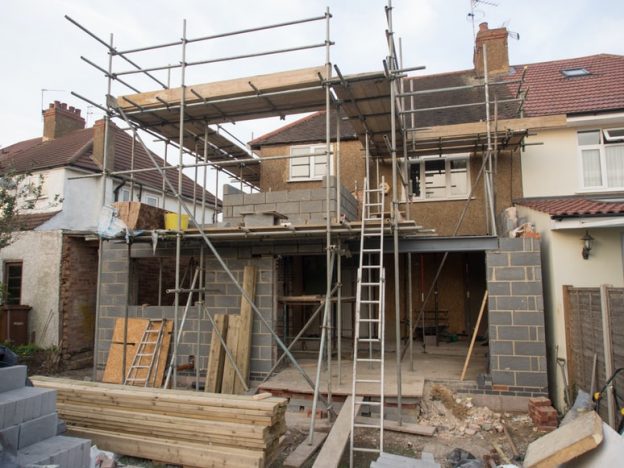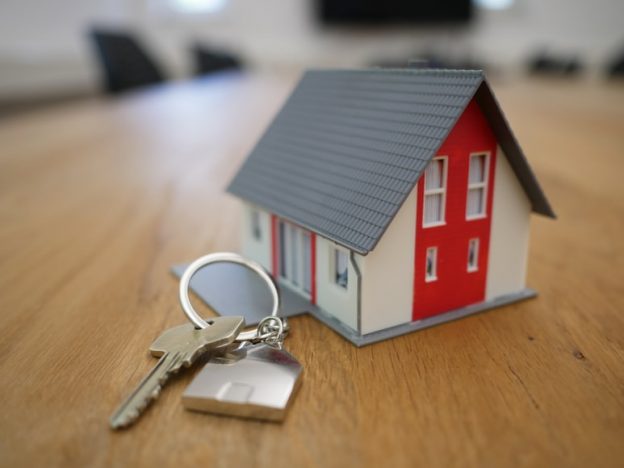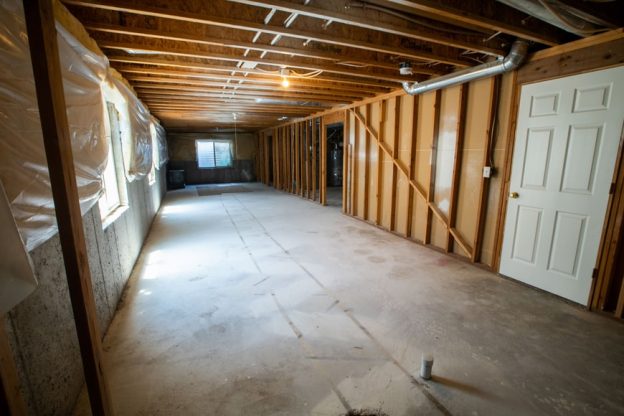Radon is a naturally occurring gas, so it’s impossible to make your home radon-resistant for a long time. This gas keeps coming back; that’s why installing a radon mitigation system is essential. But when is the right time to consider radon mitigation? To answer that, knowing the average, high and risky radon levels is crucial.
Understanding Radon Level Measurement Units
Since radon is an invisible, odorless, and tasteless gas, it’s challenging to know if it exists in your home. Not only that, but it is also hard to tell if your home has high radon levels. You might be wondering, how is this gas measured?
The radioactive decay of radium generates radon. Radium is an element which was originally discovered by Pierre Curie, Marie Skłodowska Curie, and G. Bemont2 in 1898. Take note that radioactive elements are unstable. They either hold onto all of their atomic energy in the nucleus or release some of it. The decay in the nucleus is what emits radiation.
One of the most preferred measurements for decay speed in radon is Picocuries per liter of air or pCi/L. This measurement is equal to one trillionth of a curie, abbreviated as pCi. pCi unit is commonly used in the United States since it is required by federal law. The World Health Organization also used it, but they also use the Becquerels unit, whereas one pCi/L equals 37 Bq/m3.
Acceptable and Risky Radon Levels
The truth is, zero is the safest radon level. But since it is pretty challenging to keep your home radon-resistant consistently, there are so-called acceptable radon levels. If the radon levels in your home exceed the number, then that only means they could be risky to your health.
Acceptable radon levels vary from country to country. However, the World Health Organization has established a generally accepted action level of 100 Bq/m3 or 2.7 pCi/L. If your home has achieved a higher than WHO’s action level, it is advised to take remedial action to mitigate radon. WHO also suggests an upper limit that should not exceed 300 Bq/m3 or eight pCi/L.
Here in the United States, the Environmental Protection Agency (EPA) established an action level of 4 pCi/L. This measurement is the standard which is a little bit higher than that of the World Health Organization. EPA recommends reducing radon levels to sub-4.0 p/Ci to cut cancer deaths from radon in half.
Many people have died because of lung cancer. People would think that being a smoker or exposing themselves to second-hand smoking are the only reasons. However, a silent killer can also cause a deadly disease. To mitigate radon, installing a radon mitigation system is advised.










